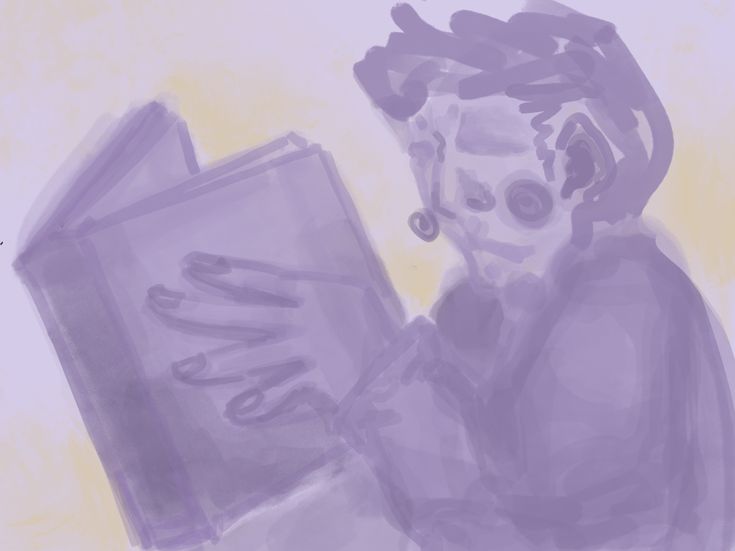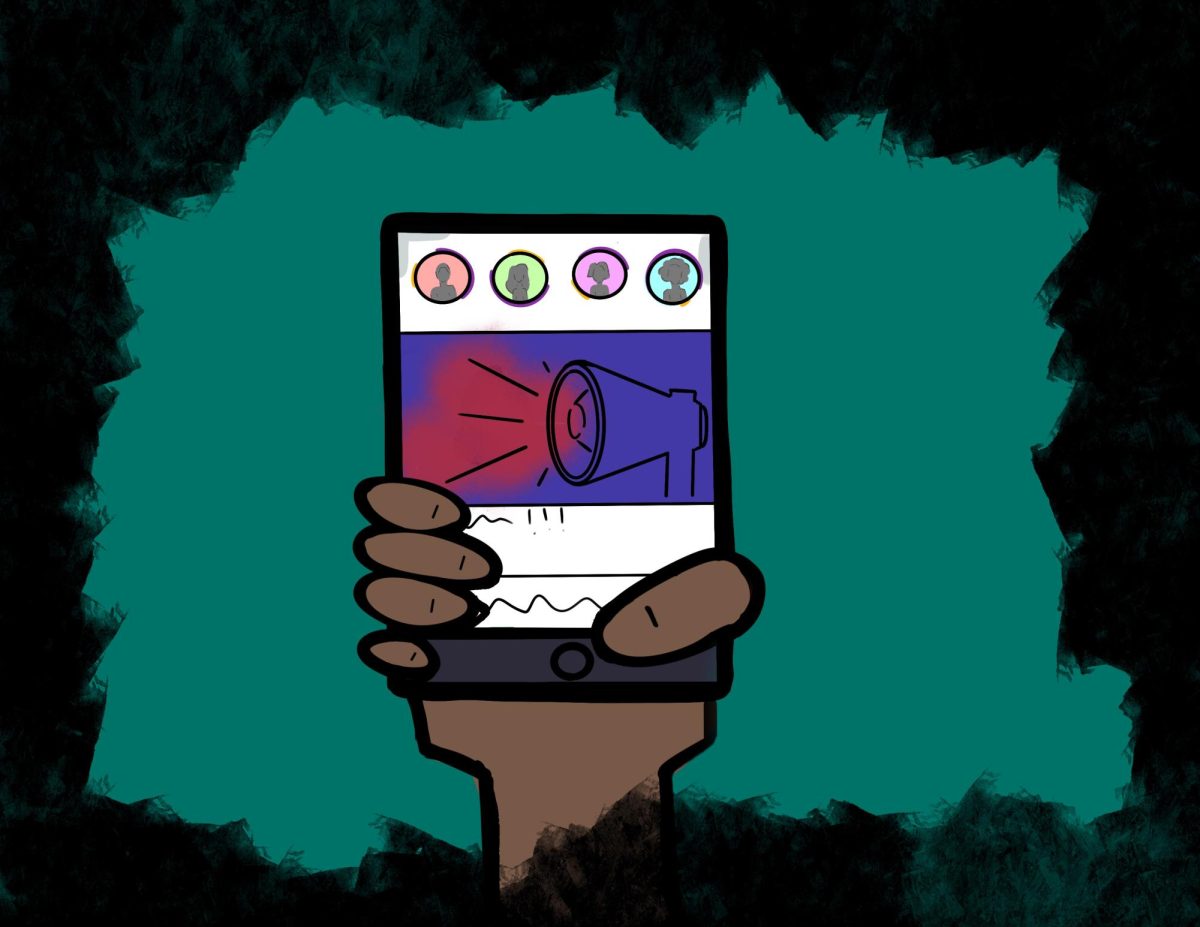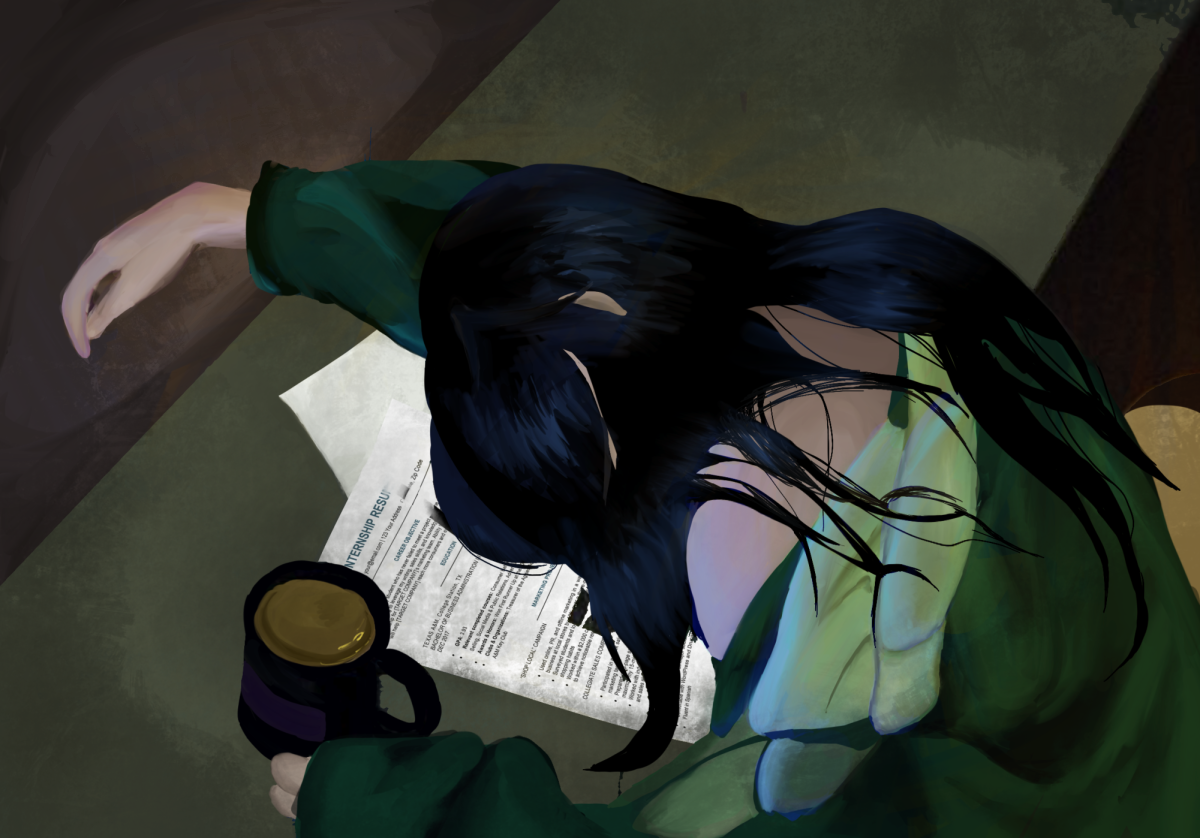Reading isn’t just an assignment or a way to pass the time. Reading is communicating. It creates bridges between stories, between worlds, between people that we wouldn’t otherwise have. Reading is a way to experience life in a vibrant, creative way anywhere, anytime. It is a way to cope with the knowledge and suffering of the human experience, the idea that we are all influenced, there is no true originality or individual purpose but instead a continuous joint time. It is a way to accept the juxtaposition of psychological autonomy in our lives and instincts, the controllables and that can’t be merged to create a perfect lifestyle and balance. This can’t happen because, as obvious as it may sound, there is no way to control an uncontrollable like instinct meaning we can’t force them to conform with our autonomy. Instead the instincts and autonomy.
Renowned author Ray Bradbury once said, “There are worse crimes than burning books. One of them is not reading them.”
With the age of iPhones and social media, many members of the younger generations have diverged from reading, a slower paced activity that requires critical thinking. Finding ways to combat this is essential to promoting student development.
Reading is a vital way to increase intelligence, broaden perspectives and provide opportunities for empathetic development. According to an article titled The Impact of Reading Comprehension on Learning published by Eastern Washington University on December 28, 2022, “reading comprehension is essential for language and literature, as well as developing a student’s critical thinking and memory skills, focus and the ability to solve problems – all necessary attributes for every kind of student and professional.”
Librarian Liz Herring said “we need to be able to be readers. We need to be able to read critically…and be able to break apart language and understand what people are saying. Reading is absolutely one of the core competencies that everybody needs and we have to be able to read in order to survive and find success because it’s all based on communication.”
It seems that Campolindo is an environment where extracurricular reading is highly encouraged. The Campo library is an incredible resource for finding books catered to numerous interests and passions of all genres. According to Herring, many students take advantage of this great opportunity. “This is the most I’ve seen [students checking out books] at the schools that I have worked in…we do have a lot of readers on campus,” Herring said.
However, while Campo may be somewhat succeeding in the push for student reading outside of class it still isn’t enough. “I think that a lot of people would prefer to scroll mindlessly through social media rather than read, which is a huge bummer,” said Herring. Freshman Emma Canga said, “Honestly I feel like most people don’t read in their free time and just go on their phones nowadays.” Senior Vincent Magagna agreed, “Apps like Instagram and TikTok have taken people’s attention away from reading outside school especially if you get into a loop of looking at TikTok or Insta or your snap for many hours,” he said.
While social media can also have positive impacts on the promotion of reading, it is limited. It seems that Campo students who are spending free time reading are most interested in fantasy. “Sarah J. Moss has become very popular especially over the summer and she gained a lot of popularity I think because there were a lot of people talking about her books on TikTok,” Herring said.
Seeing this increased popularity in Moss’s books can be uplifting to think about in terms of the future of student extracurricular reading. However, once those trends become old, once students’ instagram reels and Tik Tok “for you pages” are empty of this reading encouragement then this increased interest can easily halt. If social media platforms have enough influence to motivate students to read in their free time then it can also demotivate due to that same influence. “Trends are super powerful and they travel so fast especially through social media,” sophomore Sarita Berkes said.
Working to inspire students, finding creative ways to make those who aren’t interested in the brilliance of literature and its forever widening scope is essential to ensure this beneficial habit continues. Many students will walk into an English class and complete required reading simply because it is required. It can become a detested chore. Highlighting the prevalence of each book to students’ lives whether that be broad or specific, could help instill motivation and curiosity in student minds.
Many educators dedicate their lives to accomplishing this kind of inspiration. For instance, Herring said she became an educator because she sees this as so vital. “If we don’t have [a] sense of literacy, [a] sense of critical thinking we’re all going to fail as a society,” she said.
The area this inspiration work needs to improve is within the realm of peer interaction. Those who do read extracurricularly can have conversations with their fellow students about why they do it. This shouldn’t be condescending or degrading but rather to connect those who prefer social media back to literature. These interactions can be informal and done during a walk to class during a passing period. Sometimes, hearing from peers can be even more impactful than hearing from teachers as adolescents are scientifically proven to be easily peer influenced.
Berkes, who personally “enjoys reading”, said she would tell her peers “reading is just as entertaining as being on your phone. I know it can use a little more brain power but as soon as you get into it, it’s super investing and you’re captured in the story.”
So many worlds one’s imagined and hasn’t, so many experiences one’s had and hasn’t had, so many opportunities to feel and grow are found within pages of a book – all things unparalleled by modern day technological entertainment.



